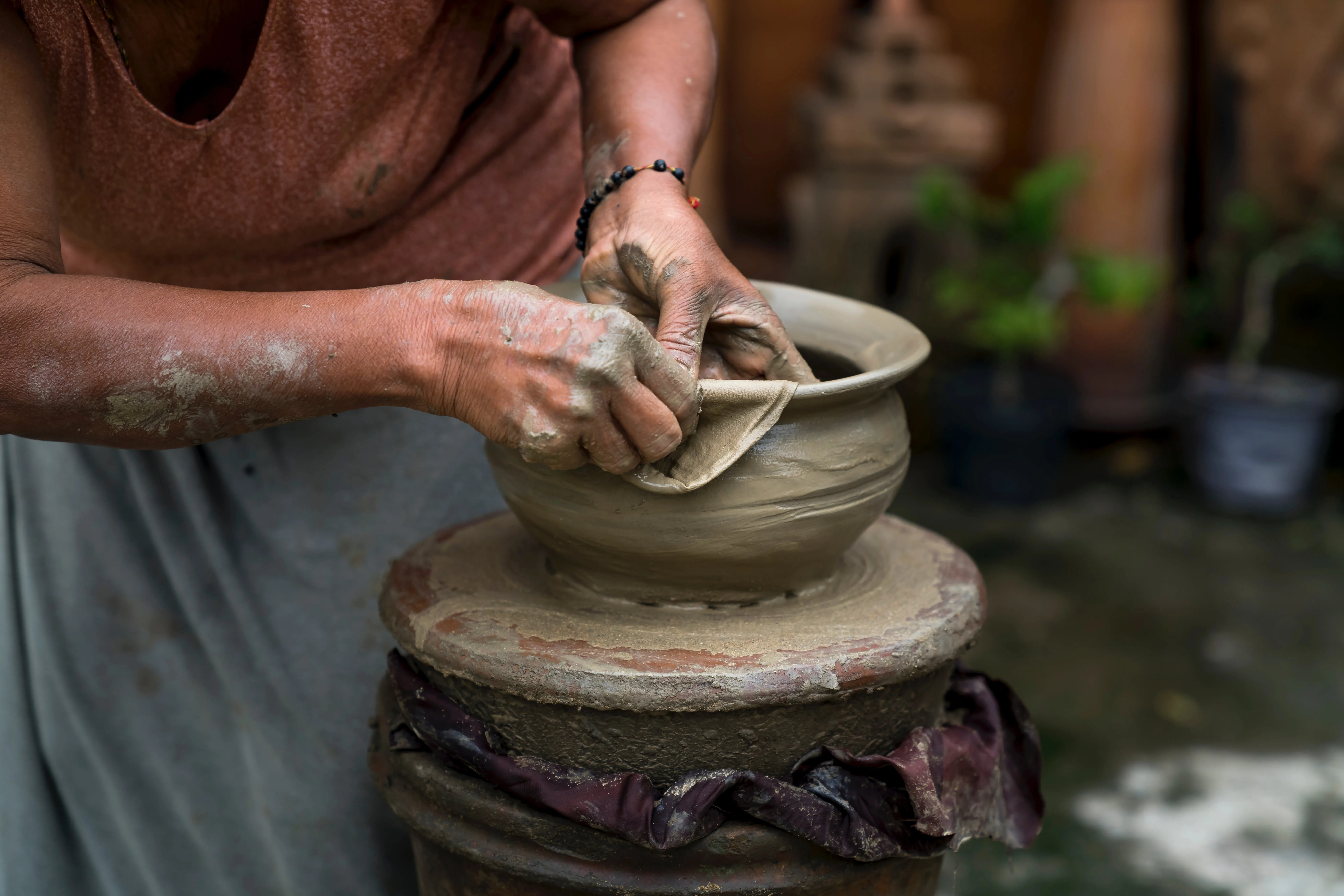The Return of Traditional Crafts
In a world buzzing with technological marvels, there's a charming revival happening in the shadows – the resurgence of traditional crafts. It's a movement that goes beyond nostalgia; it's a celebration of artistry, sustainability, and the human touch in a digital age.

Crafting a Comeback
Embracing Handmade Treasures
The Personal Touch
There's an undeniable allure to owning something crafted by skilled hands. It's more than an object; it's a piece of someone's time, passion, and expertise. My journey into appreciating traditional crafts began when I stumbled upon a local artisan fair. The handmade items on display weren't just products; they were stories waiting to be shared.
From Frustration to Fulfillment
Witnessing a friend's frustration with mass-produced goods led me to question the impersonal nature of modern consumption. It sparked an exploration into the world of traditional crafts, where I discovered a community driven by the pursuit of fulfillment rather than fleeting trends.
Advantages and Challenges
The Upsides
1. Unique, Imperfect Beauty:
Traditional crafts celebrate the beauty of imperfection. Each piece carries the artisan's unique touch, making it unlike anything else. I vividly recall purchasing a hand-thrown ceramic mug – its irregularities became marks of authenticity rather than flaws.
2. Sustainability at Its Core:
As the world grapples with environmental concerns, traditional crafts stand out as sustainable alternatives. Often crafted from locally sourced materials, these items carry a smaller ecological footprint than their mass-produced counterparts.
3. Preserving Cultural Heritage:
Traditional crafts are the bearers of cultural heritage. Whether it's handwoven textiles or intricate woodcarvings, each craft reflects the traditions and stories of a community. They're not just items; they're living artifacts.
The Hurdles to Overcome
1. Mass Production Competition:
In a world dominated by mass production, traditional crafts face the challenge of competing with cheaper, easily replicable alternatives. The key is in educating consumers about the value of craftsmanship and the unique stories behind each piece.
2. Skill Preservation:
With the advent of technology, some traditional crafting skills are at risk of being lost. Encouraging apprenticeships and fostering a renewed interest in craftsmanship are vital to preserving these invaluable skills.
Real-world Applications
Aesthetic Revival
Personalizing Living Spaces
Traditional crafts aren't confined to museums; they're weaving their way into contemporary living spaces. I found myself incorporating handwoven textiles and artisanal pottery into my home. The result? A personalized, aesthetically pleasing environment that tells a story.
Economic Empowerment
Beyond Hobbies
For many artisans, traditional crafts are not just hobbies; they're livelihoods. Supporting local crafts means contributing to economic empowerment at the grassroots level. I witnessed this firsthand during a visit to a rural pottery village where each sale directly impacted the artisans' lives.
Personal Reflections
A Creative Journey
My exploration into traditional crafts became a creative journey. I dabbled in pottery, tried my hand at woodworking, and even attended a local quilting workshop. Each experience wasn't just about creating an object; it was about immersing myself in the rich tapestry of human creativity.
Crafting a Brighter Future
In conclusion, the return of traditional crafts isn't a mere nostalgic trend; it's a movement shaping a more mindful and sustainable future. By choosing handcrafted items, we contribute to a world where uniqueness is celebrated, skills are preserved, and communities thrive. So, let's raise our handmade mugs and toast to a future where traditional crafts continue to enrich our lives with their timeless charm!

No comments:
Post a Comment